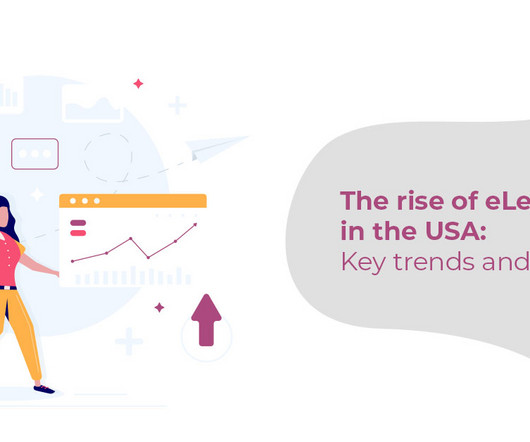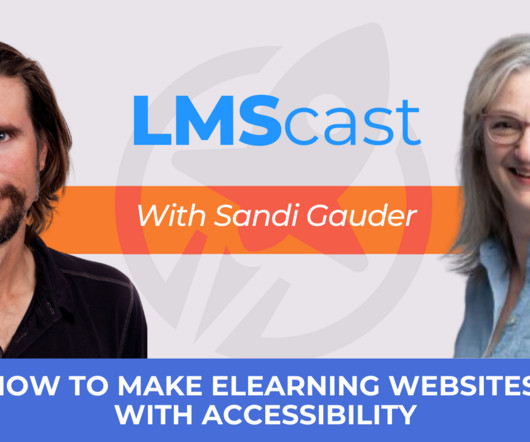The Rise of E-Learning in The USA: Key Trends and Statistics
Hurix Digital
AUGUST 7, 2023
So, without further adieu, let’s learn more about the latest eLearning trends and statistics that reveal the power of eLearning in the USA. The learning materials are arranged to reduce cognitive load, improve learner understanding, and boost retention. Table of contents: The Key eLearning Trends of the USA 1. Custom eLearning 2.





















Let's personalize your content